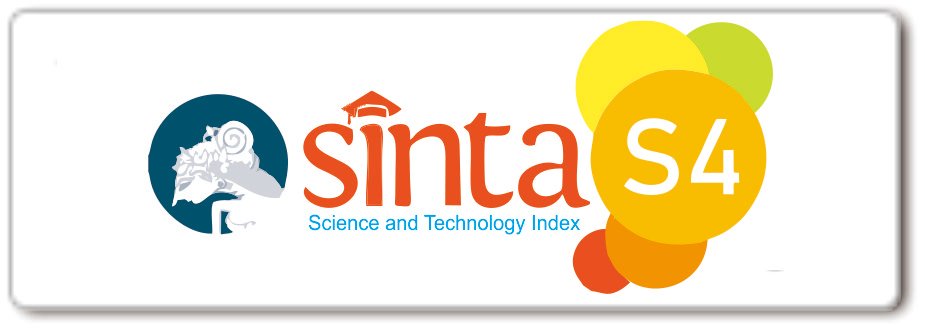FOTOTERAPI PADA PASIEN GERIATRI: APAKAH BERBEDA DENGAN PASIEN DEWASA?
DOI:
https://doi.org/10.33820/mdvi.v47i4.375Keywords:
fototerapi, geriatri, ultraviolet, lanjut usiaAbstract
The global rise in life expectancy as an indicator of the development goal leads to a proportionate increase in geriatric population. This condition poses a specific challenge to our healthcare system. Considering the geriatric patients’ vulnerability, healthcare provider has to provide highly effective and safe therapeutic options. Phototherapy is a treatment modality utilizing the biological effect of the ultraviolet radiation to the immune system and skin cells. It is proven to improve many skin diseases. Phototherapy can be applied on its own (ultraviolet A and B) or in combination with psoralen (PUVA), which is known as photochemotherapy. The application in geriatric patients requires special considerations: differences in skin structures and physiology, photoadaptation, physical and cognitive impairments. Despite the similar indications in adults, proper adjustments and follow-up must be applied. Several strategical plans are needed to ensure that phototherapy is an accessible therapeutic option. Currently, there are no well-established phototherapy guidelines for geriatric patients. A lower starting dose, combined with a slow incremental rate, may prevent the occurrence of adverse events. Previous studies have shown that phototherapy is considered as an effective and safe procedure to improve many skin diseases in geriatric patients.
Downloads
References
2. Kemenkes. Situasi lanjut usia (lansia) di Indonesia. Dalam: Indonesia KR, penyunting. Jakarta: Pusat Data dan Informasi Kemenkes RI; 2016. h. 1-10.
3. Powell JB, Gach JE. Phototherapy in the elderly. Clin Exp Dermatol. 2015;40(6):605-10.
4. Singer S, Berneburg M. Phototherapy. J Dtsch Dermatol Ges. 2018;16(9):1120-9.
5. Jaleel T, Pollack BP, Elmets CA. Phototherapy. Dalam: Kang S, Amagai M, Bruckner AL, Enk AH, Margolis DJ, McMichael AJ, dkk., penyunting. Fitzpatrick’s Dermatology 2. Edisi ke-9. New York: McGraw Hill; 2019. h. 3635-63.
6. Gloor M, Scherotzke A. Age dependence of ultraviolet light-induced erythema following narrow- band UVB exposure. Photodermatol Photoimmunol Photomed. 2002;18(3):121-6.
7. Koo J, Nakamura M. Phototherapy for the elderly population. Dalam: Koo J, Nakamura M, penyunting. Clinical cases in phototherapy. San Francisco: Springer; 2017. h. 145-8.
8. Lim HW, Sipla-archa N, Amadi U, Menter A, Voorhees ASV, Lebwohl M. Phototherapy in dermatology: A call for action. J Am Acad Dermatol. 2015;72(6):1078-80.
9. Mysore V, Shashikumar BM. Targeted phototherapy. Indian J Dermatol Venereol Leprol. 2016;82:1-6.
10. Widodo AA, Jacoeb TNA, Novianto E. Perbedaan dosis eritema minimal (DEM) pada tipe kulit Fitzpatrick IV dengan pajanan narrowband ultraviolet B (NB-UVB) antara dewasa dan lanjut usia. Jakarta: Univeristas Indonesia; 2017.
11. Farage MA, Miller KW, Elsner P, Maibach HI. Functional and physiological characteristics of the aging skin. Aging Clin Exp Res. 2008;20:195-200.
12. Gilchrest BA, Yaar M. Aging of skin. Dalam: Goldsmith LA, Katz SI, Gilchrest BA, Paller AS, Leffell DJ, Wolff K, penyunting. Fitzpatrick's Dermatology in General Medicine. Edisi ke-8. New York: McGraw Hill; 2012. h. 1213-26.
13. Reich A, Medrek K. Effects of narrowband UVB (311 nm) irradiation on epidermal cells. Int J Mol Sci. 2013;14:8456-66.
14. Bulur I, Aksu AE, Saracoglu ZN, Erdogan HK, Karapinar T. The efficacy and safety of phototherapy in geriatric patients: a retrospective study. An Bras Dermatol. 2018;93(1):33-8.
15. Yusharyahya SN, Legiawati L, Astriningrum R, Chandrakesuma V. The efficacy and safety of narrowband ultraviolet B phototherapy in geriatric patients: A retrospectve study. J Indian Acad Geriatr. 2019;15:59-65.














